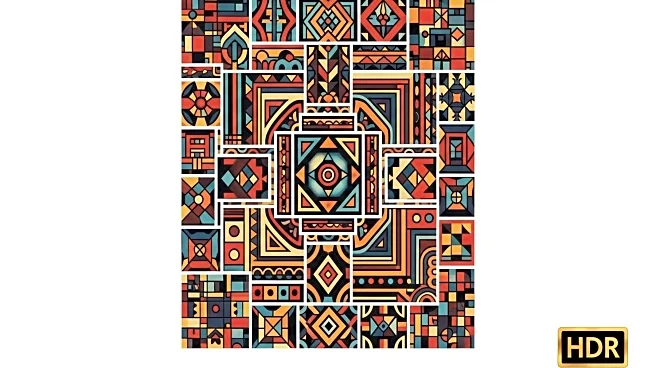What is the story about?
What's Happening?
Kibbutz Be'eri has introduced a new Yom Kippur prayer book that integrates both Sephardi and Ashkenazi liturgical traditions. This initiative was undertaken in collaboration with Koren Publishing, a notable publishing house. The prayer book is intended solely for community use within the kibbutz and will not be available for purchase. This development comes in the wake of the October 7 massacre, which has had a profound impact on the community. The new prayer book is seen as a symbol of unity and resilience, reflecting the diverse cultural heritage of the kibbutz members.
Why It's Important?
The creation of a prayer book that combines Sephardi and Ashkenazi rites is significant as it represents a step towards cultural inclusivity and unity within the Jewish community. By blending these two traditions, Kibbutz Be'eri is fostering a sense of solidarity and shared identity among its members. This initiative may inspire other communities to embrace similar projects, promoting cultural harmony and understanding. Additionally, the timing of this release, following a tragic event, underscores the community's resilience and commitment to preserving their cultural and religious practices.
What's Next?
While the prayer book is currently intended for internal use, its success could lead to broader interest and potential adaptations for other communities. The kibbutz may consider sharing their experience and insights with other Jewish communities facing similar challenges. This could pave the way for further collaborations between different cultural groups within Judaism, enhancing mutual respect and cooperation. The response from the community and its leaders will likely influence future initiatives aimed at cultural integration and preservation.
Beyond the Headlines
The introduction of this prayer book highlights the ongoing efforts to bridge cultural divides within religious communities. It raises questions about the role of religious texts in fostering unity and how such initiatives can be replicated in other contexts. The project also reflects a broader trend of adapting traditional practices to meet contemporary needs, ensuring their relevance and accessibility for future generations.
AI Generated Content
Do you find this article useful?













